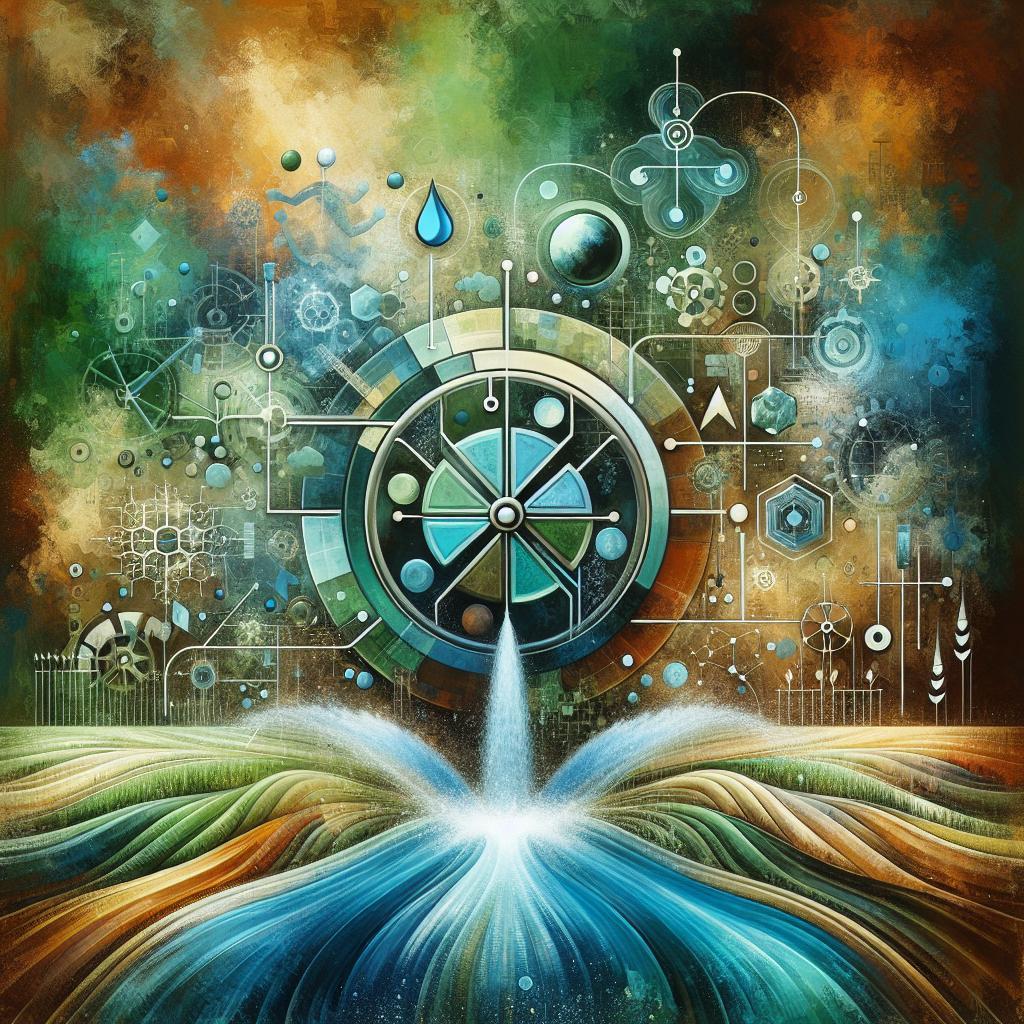This post may contain affiliate links which means I may receive a commission for purchases made through links. Learn more on my Private Policy page.
ensuring Proper Water Distribution in Irrigation: Tips and Tricks
Water—often dubbed the essence of life—holds a critical place in the world of agriculture.Whether you’re nurturing a sprawling field of crops or cultivating a cozy vegetable garden in your backyard, mastering the art of water distribution in irrigation can make all the difference. Picture this: vibrant plants thriving under the golden sun, their roots deeply nourished by a balanced flow of life-giving liquid. However, achieving that harmonious scenario often requires more than just turning on your hose or setting up a sprinkler system.
In this friendly guide, we’ll explore the ins and outs of effective water distribution, sharing practical tips and clever tricks that can transform your irrigation game.From understanding soil moisture to optimizing irrigation schedules, we aim to empower you with the knowledge to conserve water, boost yields, and promote healthy growth. So grab a cup of your favorite beverage, roll up your sleeves, and let’s dive into the world of irrigation—where every drop counts!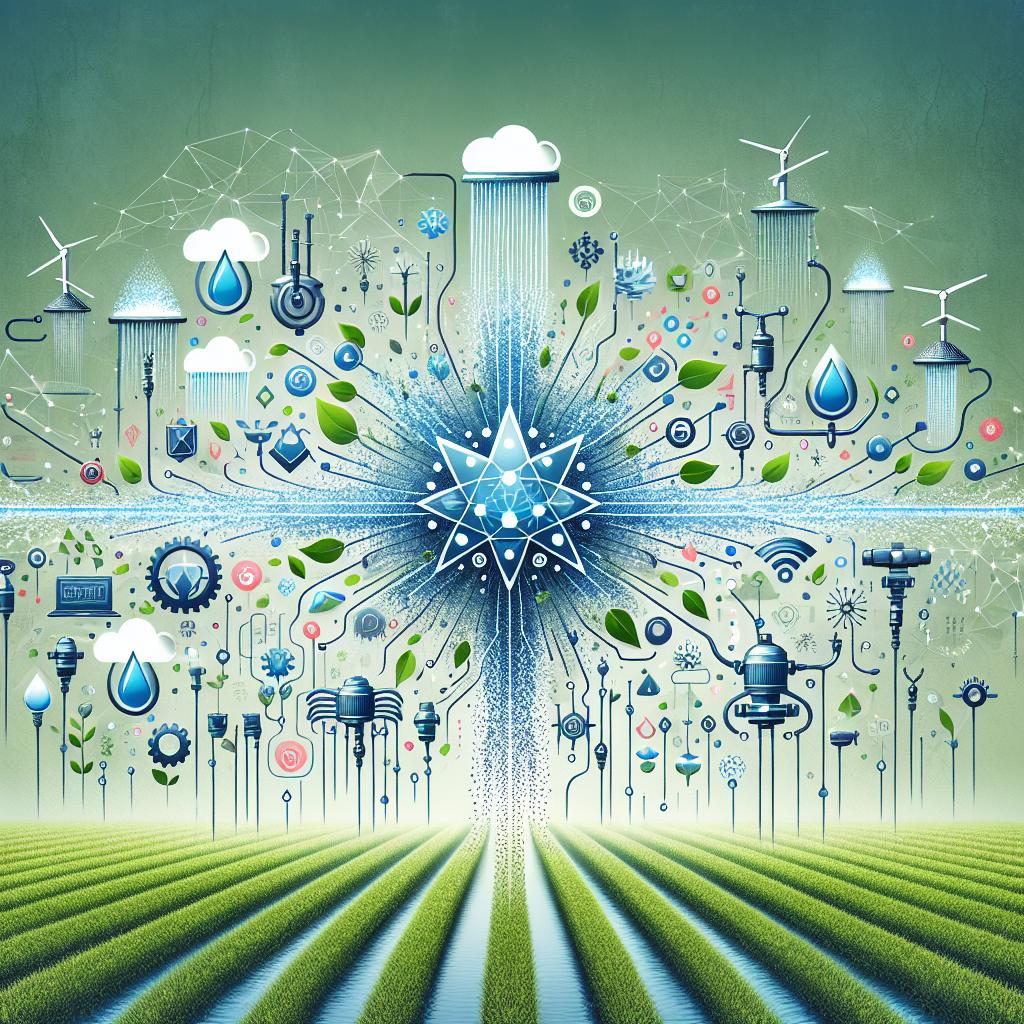
Maximizing Efficiency: Smart Design for Your Irrigation System
Incorporating smart design into your irrigation system can drastically enhance water distribution efficiency. One key aspect to consider is the layout of your irrigation system. By planning an optimal design that factors in plant types, soil conditions, and elevation changes, you can achieve even water distribution. Consider these design strategies:
- Zone Division: Divide your garden into zones based on water needs to prevent over- or under-watering.
- Emitter Placement: Position emitters or drippers close to the root zones of plants for targeted watering.
- Gravity Use: Utilize natural slopes to improve water flow and reduce pump reliance.
- Regular Assessment: Schedule routine checks to assess the system’s functionality and make adjustments as necessary.
Another vital component to consider is the selection of appropriate irrigation technology. From drip systems to smart controllers, using the right tools streamlines the watering process and ensures consistent coverage. Here are some technologies to explore:
| Technology | Benefits |
|---|---|
| Drip Irrigation | Reduces water usage, minimizes evaporation, and delivers water directly to plants. |
| Smart Controllers | Automatically adjusts watering schedules based on weather data to optimize water use. |
| Soil Moisture Sensors | Provides real-time data for precise watering, avoiding waste and ensuring proper hydration. |
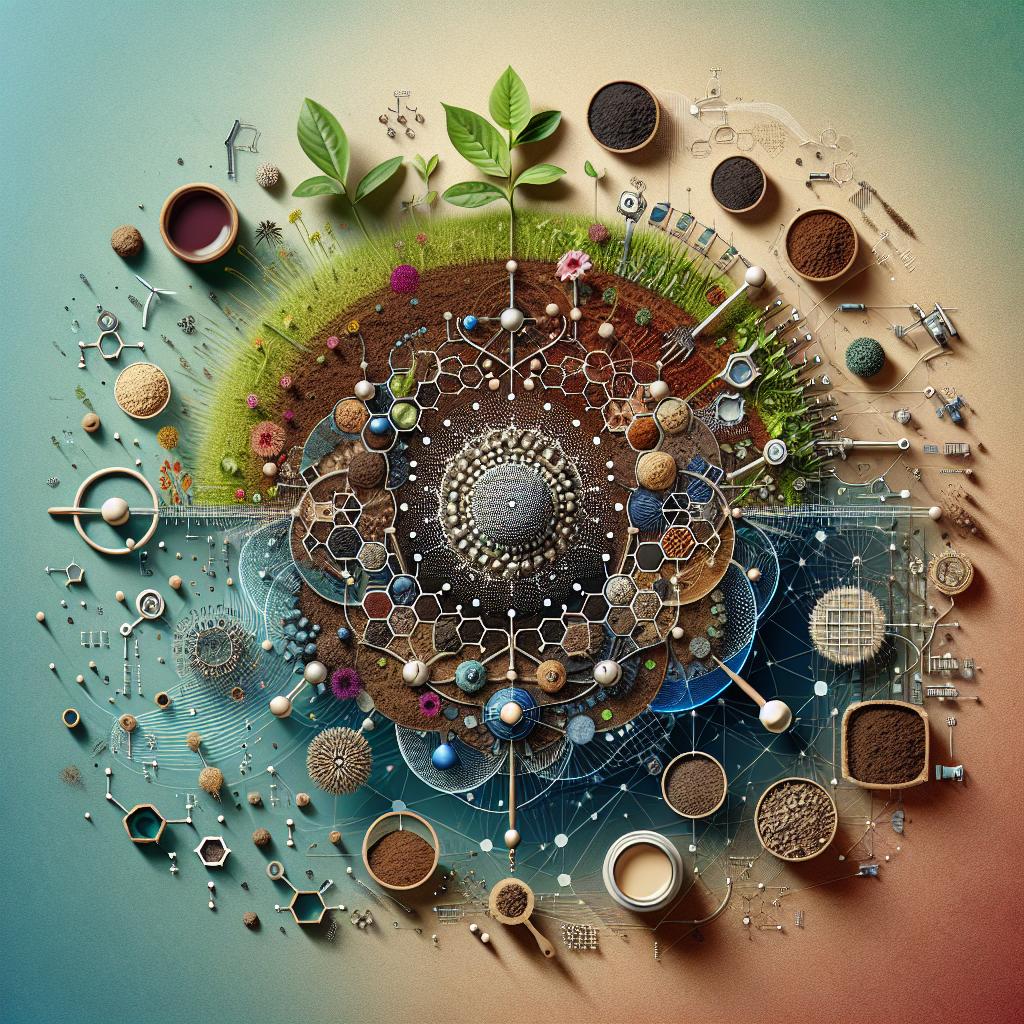
Understanding Soil Types: A Key to Tailored Water Needs
To effectively manage water distribution in irrigation, understanding the different soil types in your area is essential. soil texture plays a crucial role in determining how well water is absorbed and retained. For example, sandy soils drain quickly and require more frequent watering, while clay soils hold moisture longer but may need to be monitored for waterlogging. Each soil type has unique characteristics that influence irrigation practices, so you can fine-tune your watering schedule based on these attributes:
- sandy Soil: Low water retention, requires frequent irrigation.
- Silty Soil: Balanced drainage and retention, moderate watering needed.
- Clay Soil: High water retention, prone to waterlogging, may need less frequent watering.
- loamy Soil: Ideal mixture of sand, silt, and clay, requires balanced irrigation.
Along with texture, other factors such as organic matter content, moisture-holding capacity, and the presence of microorganisms also influence your soil’s water needs. Incorporating soil amendments can enhance these properties, leading to improved water retention and distribution. Tracking the moisture levels in your soil can help you determine when to irrigate, ensuring your plants recieve just the right amount of water without wastage.Consider maintaining a water chart that records soil moisture readings, rainfall, and irrigation schedules to optimize your efforts:
| Soil Type | Water Retention | Irrigation Frequency |
|---|---|---|
| sandy Soil | Low | Frequent |
| Silty Soil | Medium | Moderate |
| Clay Soil | high | Infrequent |
| Loamy soil | Balanced | Regular |
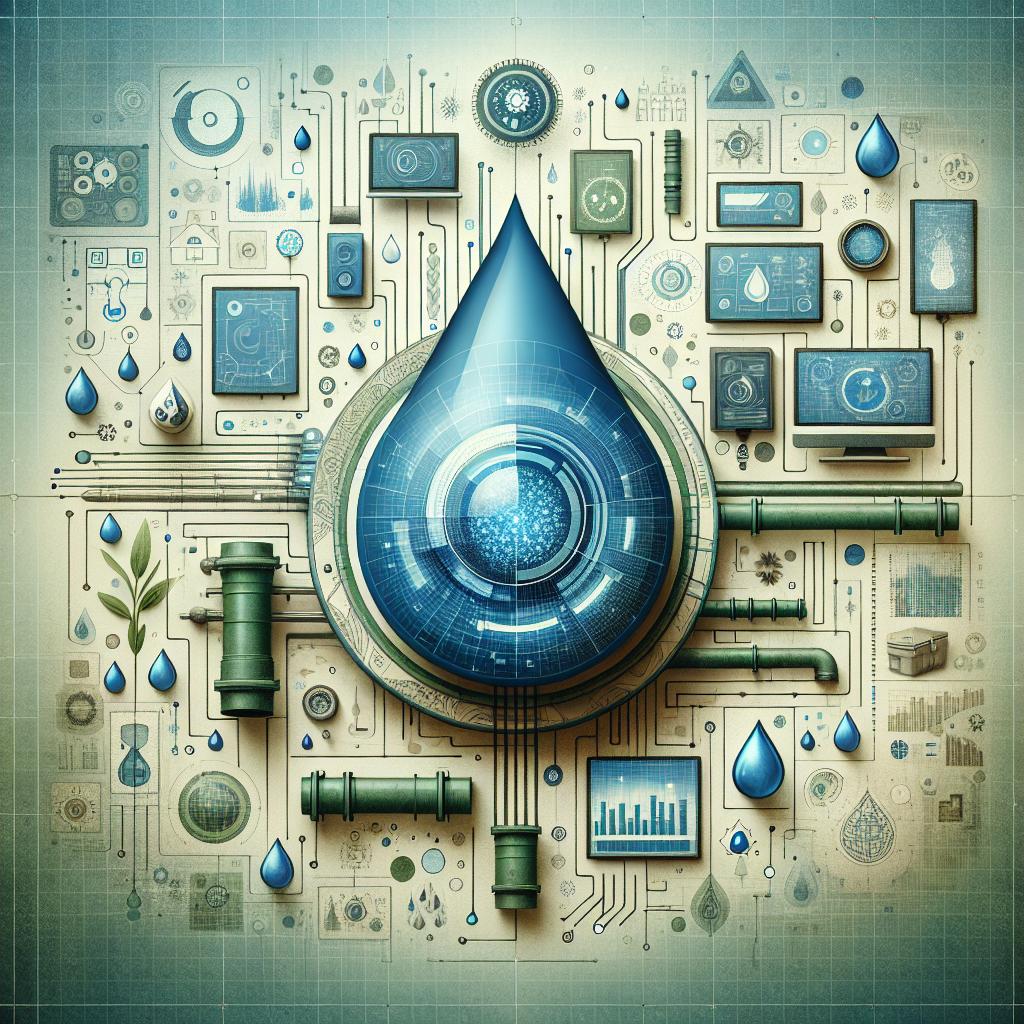
Monitoring Tools: Keeping Tabs on your Water Distribution
Effective water distribution is essential for healthy crops and lasting irrigation practices. Embracing modern monitoring tools can revolutionize how you manage your water supply. These tools allow you to track moisture levels, pressure, and flow rates, ensuring each plant receives the right amount of water. With real-time data at your fingertips, you can make informed decisions about when to irrigate and how much water to apply, reducing waste and improving crop yield.
Consider incorporating the following monitoring tools into your irrigation management strategy:
- Soil Moisture Sensors: These devices provide insights into the moisture levels within the soil, helping you avoid over or under-watering.
- Flow Meters: Monitoring water flow can help you identify leaks or inefficiencies in your distribution system.
- Pressure Gauges: Keeping tabs on water pressure ensures that your irrigation system operates within optimal parameters.
- Weather Stations: Local weather data can inform your irrigation scheduling,allowing you to adjust based on rainfall or temperature changes.
| Tool | Benefit |
|---|---|
| Soil Moisture Sensors | Prevents over-watering, enhances crop health |
| Flow Meters | Identifies leaks, optimizes water usage |
| Pressure Gauges | Ensures efficient irrigation system performance |
| Weather Stations | Enhances irrigation scheduling accuracy |
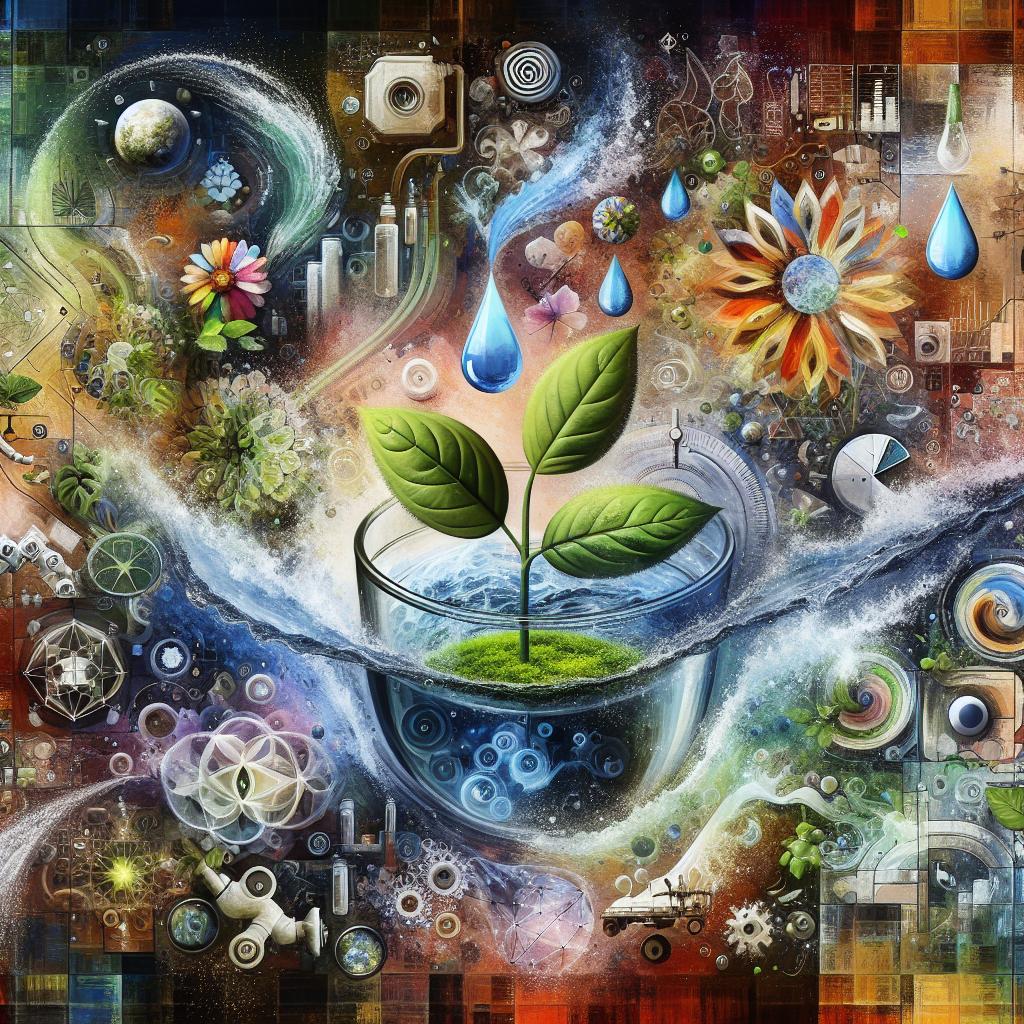
Eco-Friendly Practices: Conserving Water While nurturing Plants
Water conservation is essential for eco-friendly gardening, and with the right techniques, you can nurture your plants while minimizing waste. one innovative approach is to utilize drip irrigation systems, which deliver water directly to the plant roots, reducing evaporation and runoff. Additionally, consider creating a rainwater harvesting system to capture and store rainwater, providing a natural, chemical-free resource for your garden. Here are some more practices to enhance your eco-conscious watering routine:
- Use mulch to retain soil moisture and reduce the need for frequent watering.
- Group plants with similar water needs together for efficient irrigation.
- Implement soil moisture sensors to monitor when your plants truly need water.
- Water during the early morning or late evening to minimize evaporation losses.
To streamline your irrigation practices, consider a water distribution table that outlines various techniques and their benefits:
| Technique | Benefits |
|---|---|
| Drip Irrigation | Direct root watering, reduces water waste. |
| Rainwater Harvesting | Natural source, lowers water costs. |
| Soil Moisture Sensors | Precise watering based on actual need. |
| Mulching | Suppresses weeds, retains soil moisture. |
insights and Conclusions
as we wind down from our journey through the world of proper water distribution in irrigation, it’s clear that every droplet counts! With the tips and tricks we’ve explored, you’re equipped to transform your irrigation practices into a symphony of efficiency and sustainability. Remember, effective water management isn’t just about quenching the thirst of your plants; it’s about nurturing the soil, conserving resources, and giving back to the earth.
So, whether you’re tending to a sprawling farm or a modest garden, take these insights to heart. Experiment with different distribution techniques, keep an eye on the weather, and always listen to what your plants are telling you. The right balance can led to bountiful harvests and a vibrant landscape.
Now, roll up your sleeves, grab your watering can or set your drip lines, and let the adventure of irrigation begin anew! Here’s to healthy plants, flourishing gardens, and the satisfaction that comes from knowing you’re making a difference, one drop at a time. Happy watering! 🌱💧
This post may contain affiliate links which means I may receive a commission for purchases made through links. Learn more on my Private Policy page.

